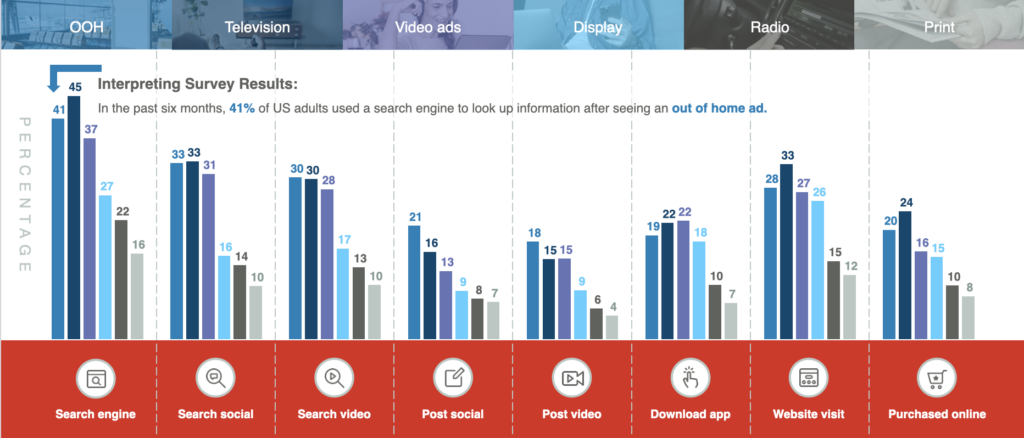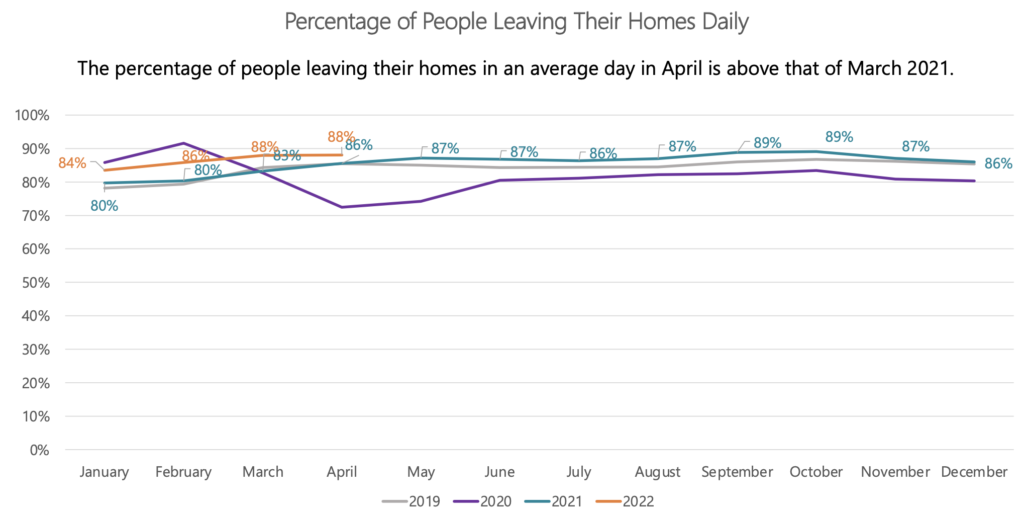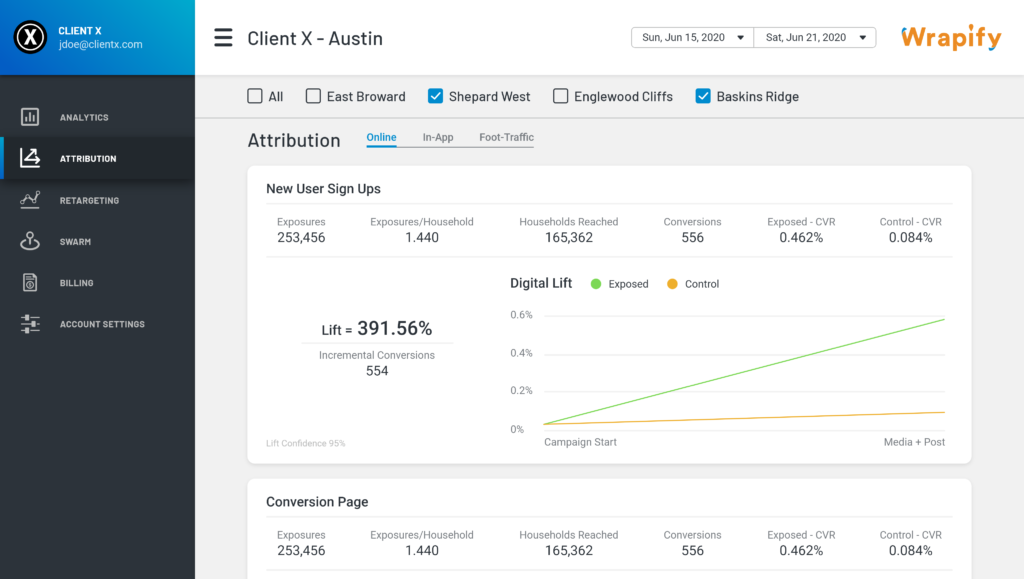Offline advertising is as good as online advertising. However, relying on one advertisement channel may not increase your sales as much as you would like. But what if there was a way to combine the two for the best results? That’s where Omni-channel advertising comes in.
About 86% of buyers switch between two channels often, shopping online and offline. All the more reason to combine your marketing channels for the success of your business. To stay on top of your game, you must provide customers with a consistent experience across all touch points.
As a marketer, you need to know what omni-channel advertising can do for your business. Here, we discuss the basics of omni-channel advertising to understand how it can be helpful.
What Is Omni-Channel Advertising?
Omni-channel advertising combines many communication channels to create a uniform brand experience. It encompasses both physical and digital options. Many industries can effectively use this strategy, including retail, finance, healthcare, and technology.
At the heart of omni-channel advertising is connected customer, product, and sales data. This makes it possible to create detailed consumer profiles. Marketers can see how customers interact as they go from one channel to the next. It also allows them to develop unified buying experiences.
Is It Omni-channel, Multichannel or Cross-channel?
Marketers often swap these three terms; omni-channel, multichannel, and cross-channel. They seem to represent the same thing, but they are not the same. They all include acquiring, engaging, and retaining customers through different channels, but there is a slight difference.
With multichannel, all communication channels operate separately from one another. There is no connection between them. However, in cross-channel marketing, there is a link between a few communication channels.
Omni-channel advertising is significantly more advanced because all channels work together. But how can you know which one is the best fit for you? Let’s look at the advantages and disadvantages.
Fundamental Differences between Omni-channel and Multichannel Marketing
The key difference is the customer. Omni-channel advertising puts the customer at the center to ensure the best relationship with your brand.
The multichannel strategy simply tries to advertise across as many channels as possible. On the other hand, the omni-channel approach combines all channels to completely engage customers.
The other difference between the approaches is consistency. Because of omni-channel’s focus on customer experience, customers receive a similar experience and message on all channels.
A consistent message and brand image allows for deeper brand ties by creating a sense of familiarity. Omni-channel advertising aims to promote campaigns across channels to multiple audiences. In addition, it ensures an easy purchase experience for consumers.
What Are The Benefits Of An Omni-Channel Advertising Strategy?
One thing many marketers agree on is that omni-channel advertising is the real deal. Having and enabling all these channels isn’t bad. However, the goal should be seamless experiences for your customers.
The benefits of a well-executed omni-channel advertising strategy include:
Increase Customer Loyalty
Customers make purchases from the companies they respect and believe in. Omni-channel advertising aims to give a similar experience across all channels. It also provides a unique experience for every individual. This strategy boosts customer loyalty by improving customer satisfaction and experience.
Boost Brand Recognition
Omni-channel emphasizes consistency in advertising. This makes sure that your customers see your brand in the same way across all channels and devices. This consistency helps your buyers remember your brand. A deep sense of brand memory will boost your potential consumer’s possibility of making a purchase.
Achieve Higher Revenues
An omni-channel strategy increases brand recognition, customer loyalty, and repeat purchases. Businesses gain and keep new customers through personalized content. Increasing customer numbers means more business and more revenue.
Omni-Channel Advertising Strategies with Wrapify
At Wrapify, we help you connect online and offline advertising channels to achieve real results. Drivers in the gig economy earn passive income as we help your business scale higher. We empower your brand with a combination of our wrapped vehicles with our omni-channel ad tech platform.
How It Works At Wrapify
We specialize in wrapping cars with ads. But it doesn’t end there. We escalate your brand and marketing performance with the Wrapify omni-channel ad platform.
Our platform is one of a kind in the advertising space. It does the unthinkable by measuring your movable outdoor advertisements. It also offers you:
- Data visualization
- Omni-channel retargeting
- Attribution reporting
With these features, advertising could never be easier and more rewarding. Any business would love to get to the right audience in the right location at the right time. And how much more satisfying it is to see how your outdoor advertisement is converting into sales? Wrapify makes this possible in every way.
You can choose to run local, regional or national campaigns and refine the location by demographics. For example, physical retargeting allows you to trigger the following advertisements from exposure to Wrapify vehicles:
- Audio
- Mobile
- Display
- Connected tv
- Native
- Video advertising
Our attribution is omni-channel because we understand every customer is essential. We focus on every conversion, including online, in-app, and foot traffic.
Online
Our platform compares a control group to an audience exposed to every vehicle in your campaign. The control group was never within the exposure to the vehicle. You can use this information to measure the website conversion from the vehicles we deploy across your target location.
In-app
As with online conversion, we use the exposed and control method. It determines the conversion rate of your app based on our platform’s omni-channel exposure. This is especially crucial if a lead’s first move is to download an app.
Foot-traffic
Our channel gives accurate information on foot traffic from outside your physical locations. You can measure foot traffic into your store, restaurant, or event from our omni-channel advertising.
Omni-channel advertising has been made more accessible and more rewarding at Wrapify. We do all the hard work for you. Sit back and watch the impact of omni-channel advertising on your business. Contact us today to get started on a successful advertising journey with Wrapify!


